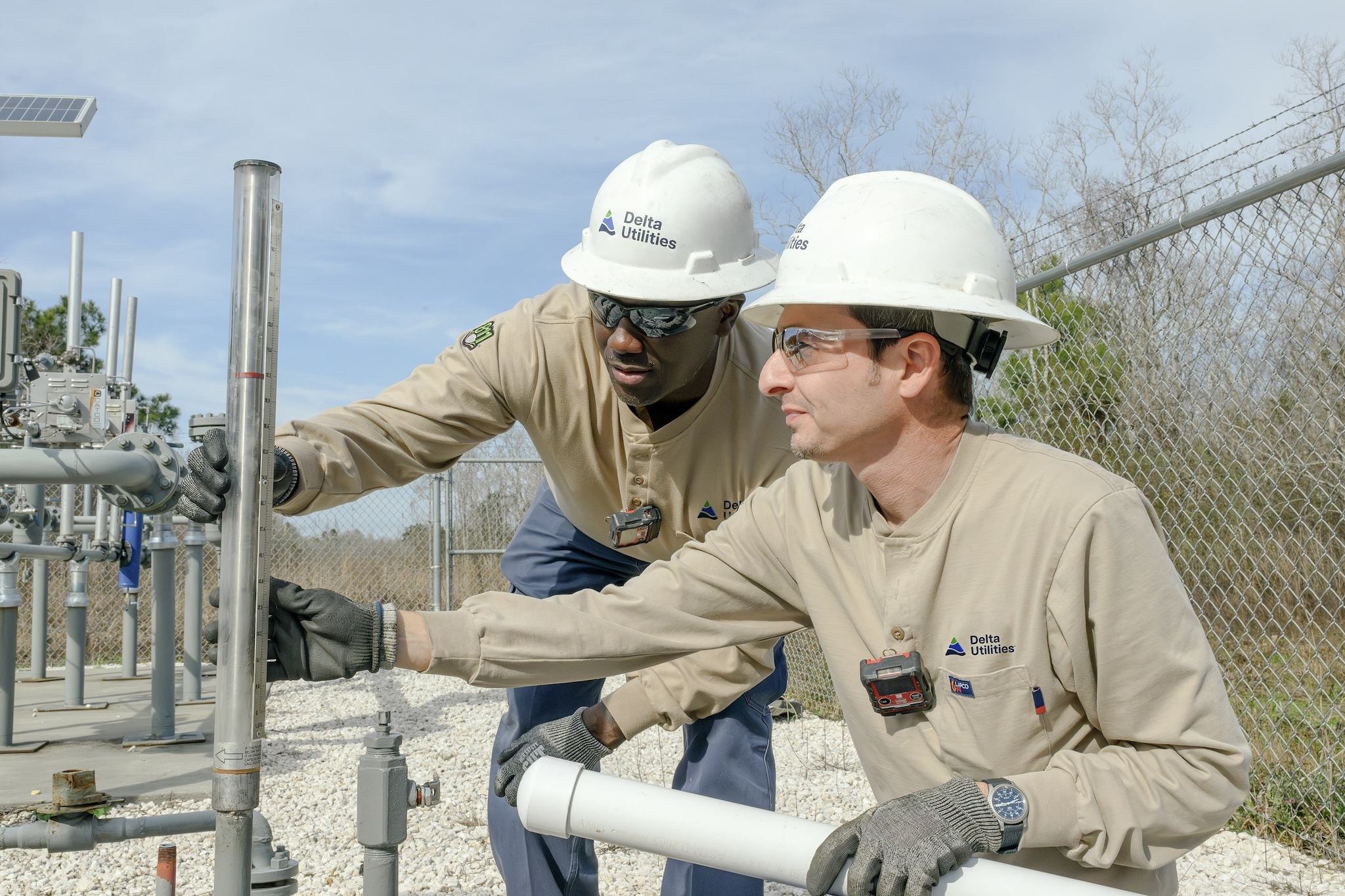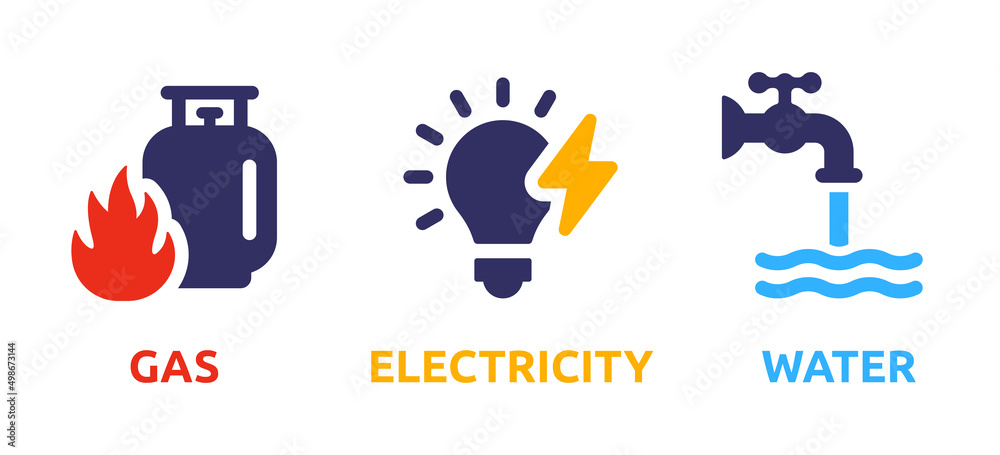Looking for a premium buying guide on gas utility safety? You’re in the right place! Did you know the U.S. oil and gas extraction industry has high fatality rates, according to safety reports from the U.S. Department of Transportation’s PHMSA and the International Association of Oil & Gas Producers (IOGP)? This comprehensive guide offers top – notch tips for homes, optimal detector installation, and expert appliance maintenance. Get a Best Price Guarantee and Free Installation Included. Act now to secure your home from dangerous gas leaks in 2024!
Gas Utility Safety Tips
Did you know that the U.S. oil and gas extraction (OGE) industry has historically elevated fatality rates according to various safety reports? Ensuring gas utility safety is crucial for protecting lives and properties. This section provides essential safety tips, covering aspects from detector installation to appliance maintenance.
General Tips for Homes
Understand and Follow Safety Tips
It’s important to be well – informed about gas safety in your home. Some of the most common gas appliances are stove – top ranges, ovens, water heaters, and furnaces. As recommended by industry safety experts, familiarize yourself with the do’s and don’ts if a natural gas leak occurs in your house. For instance, if you smell gas, find a phone away from the area and call 911 or your natural gas utility. You can report leaks anonymously, and always make the call; don’t assume someone else will do it.
Pro Tip: Keep a printed copy of the gas safety tips in an easily accessible place, like on your refrigerator, for quick reference.
Keep Contact Information Updated
If you receive a notification from your gas utility for an inspection, you may need to schedule an appointment. Make sure that your email, phone number, language preference, and mailing address are current in your online account with the utility. This ensures that the utility can reach you when it’s important.
Teach Children about Safety
It is vital to teach children the importance of natural gas safety in the home. Help them know how to detect a gas leak, its smell, effects, and the best approach to take when exposed to natural gas. For example, you can have a simple conversation with kids about what to do if they smell a strange odor, and practice leaving the house safely.
Installation of Gas Detectors
Proximity to the Leak Source
Place gas detectors as close as possible to potential leak sources. For example, near gas appliances such as stoves, ovens, and water heaters. A practical case study showed that in a commercial kitchen where detectors were placed near the gas – powered cooking equipment, a small leak was detected early, preventing a potentially dangerous situation.
Areas of High – Concentration
Look for areas where gas is likely to accumulate. These could be low – lying areas for heavier gases or high – up areas for gases lighter than air. In a manufacturing plant, detectors were installed in corners where gas tended to pool, leading to early detection of leaks.
According to Gas Type
For detecting gases with a specific gravity less than air such as natural gas, the gas detector should be installed higher up. For gases heavier than air, install the detector closer to the floor.
Pro Tip: Consult a professional installer to determine the optimal placement of your gas detectors based on your specific environment.
Gas Leak Prevention Steps
Regularly inspect gas lines and connections in your home for signs of wear and tear. Check the hoses of your gas appliances, and if you notice any cracks or fraying, replace them immediately. A SEMrush 2023 study found that a significant number of gas leaks in homes were due to faulty hoses.
Utility Safety Compliance
Stay up – to – date with local and national gas safety regulations. Many gas utilities are required to conduct regular inspections of your gas system. Ensure that you cooperate with these inspections and make any necessary repairs or upgrades to your system as recommended.
Maintenance of Gas Appliances
Replace the Air Filter
For gas furnaces, changing the air filter is essential. When your furnace circulates the air in your home, dust and dirt particles build up on the filter. A dirty filter restricts airflow, making your furnace work harder and less efficiently. For example, if you have a Trane® furnace, follow the manufacturer’s recommendations on how often to change the filter.
Inspect the Burner Flames
Regularly check the burner flames of your gas appliances. Healthy flames should be blue. Yellow or orange flames may indicate incomplete combustion, which can lead to the production of carbon monoxide. If you notice abnormal flames, contact a professional technician to service your appliance.
Pro Tip: Create a maintenance schedule for your gas appliances and mark it on your calendar to ensure you don’t miss any important checks.
Gas – Related Accident Industry Data
The International Association of Oil & Gas Producers (IOGP) has been collecting safety incident data from its Member Companies globally since 1985. This data, entered into the IOGP safety database, shows trends in gas – related accidents in the exploration and production (E&P) industry. The U.S. Department of Transportation’s PHMSA also tracks data on the frequency of failures, incidents, and accidents in natural gas distribution pipelines.
Gas Detector Performance
Even though effective detection technology exists for hazardous gas releases, in 95% of installations, there are no precise national or international guidelines for determining the number, spacing, and positioning of gas detectors for a given industrial installation. Ensuring the proper performance of gas detectors through regular calibration, such as zero checks, bump tests, and full calibrations, is essential for accurate and reliable readings.
Key Takeaways:
- Follow general safety tips like knowing how to respond to a gas leak and keeping contact information updated.
- Install gas detectors in optimal locations based on gas type and potential leak areas.
- Prevent gas leaks by regularly inspecting lines and connections.
- Comply with utility safety regulations and conduct maintenance on gas appliances.
- Be aware of industry data on gas – related accidents and ensure proper gas detector performance.
Try our gas detector placement calculator to find the best spots for your detectors in your home or industrial setting.
Top – performing solutions for gas safety include advanced IoT – integrated gas detection systems that enable real – time monitoring and automated safety measures.
FAQ
How to install gas detectors for maximum effectiveness?
The CDC recommends placing gas detectors close to potential leak sources like gas appliances. Also, consider gas type; install higher for natural gas and closer to the floor for heavier gases. Detailed in our [Installation of Gas Detectors] analysis, areas of high – concentration should also be targeted. Industry – standard approaches involve professional consultation.
Steps for preventing gas leaks at home?
Regularly inspect gas lines and connections for wear and tear. Check hoses of gas appliances and replace cracked or frayed ones immediately. A SEMrush 2023 study highlighted faulty hoses as a major cause of leaks. Detailed in our [Gas Leak Prevention Steps] section, proactive inspection is key.
What is utility safety compliance?
Utility safety compliance means staying up – to – date with local and national gas safety regulations. Gas utilities often conduct regular inspections, and users should cooperate and make recommended repairs. This ensures a safe gas system and adheres to legal requirements.

Gas detector placement vs. gas type: What’s the difference?
Unlike placing detectors without considering gas type, this method ensures accurate detection. For gases lighter than air like natural gas, install higher. For heavier gases, place closer to the floor. According to industry practices, proper placement based on gas type is crucial for early leak detection.



